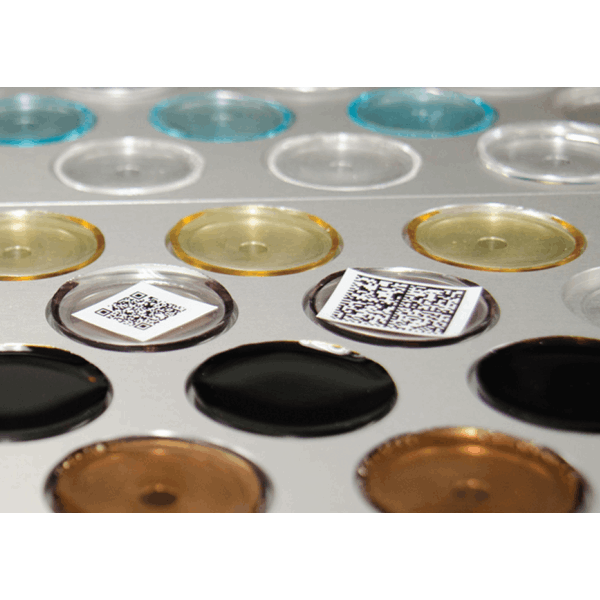Sample Preparation for X-ray Fluorescence Analysis Using the Glass Bead Method
X-ray fluorescence (XRF) analysis is a technique used to determine the elemental composition of a material by irradiating it with X-rays and measuring the emitted fluorescent X-rays. Proper sample preparation is crucial for accurate analysis, and the glass bead method is widely adopted for this purpose.
What is the glass bead method?
This method involves melting powdered samples at high temperatures to form a homogeneous glass bead. By melting the sample, particle size and mineral effects are minimized, and dilution with flux reduces matrix effects. This enhances both the precision and reproducibility of XRF analysis. The method is widely used across various fields, as it can accommodate a broad range of samples, including those from the steel, mining, ceramics, and cement industries.
Procedure:
- Weigh – Precisely weigh the dried powder sample and flux to 0.1 mg accuracy.
- Mix – Thoroughly mix the weighed sample and flux, then transfer to a bead-making container. Add a release agent if needed.
- Melt – Heat the mixture at 1000–1200°C for a set time. Keep the container stationary until fully melted, then agitate to homogenize and remove bubbles.
- Cool – Cool the molten mixture to solidify into a glass bead.
Conclusion:
The glass bead method plays a vital role in XRF sample preparation. By producing a stable and uniform sample, it improves analytical accuracy and reliability. This technique is essential in research and industry for quality control and new material development.

Rigaku recommends the following products

Contact Us
Whether you're interested in getting a quote, want a demo, need technical support, or simply have a question, we're here to help.
